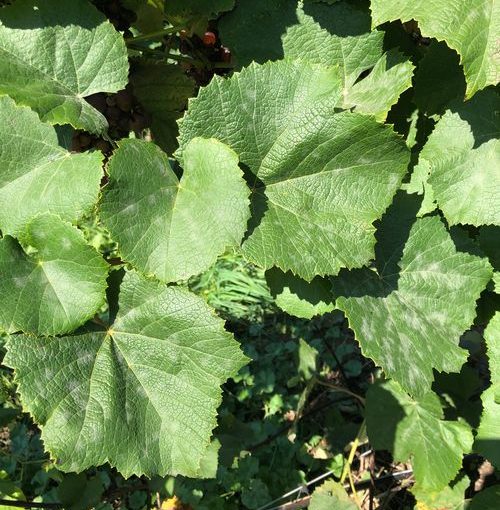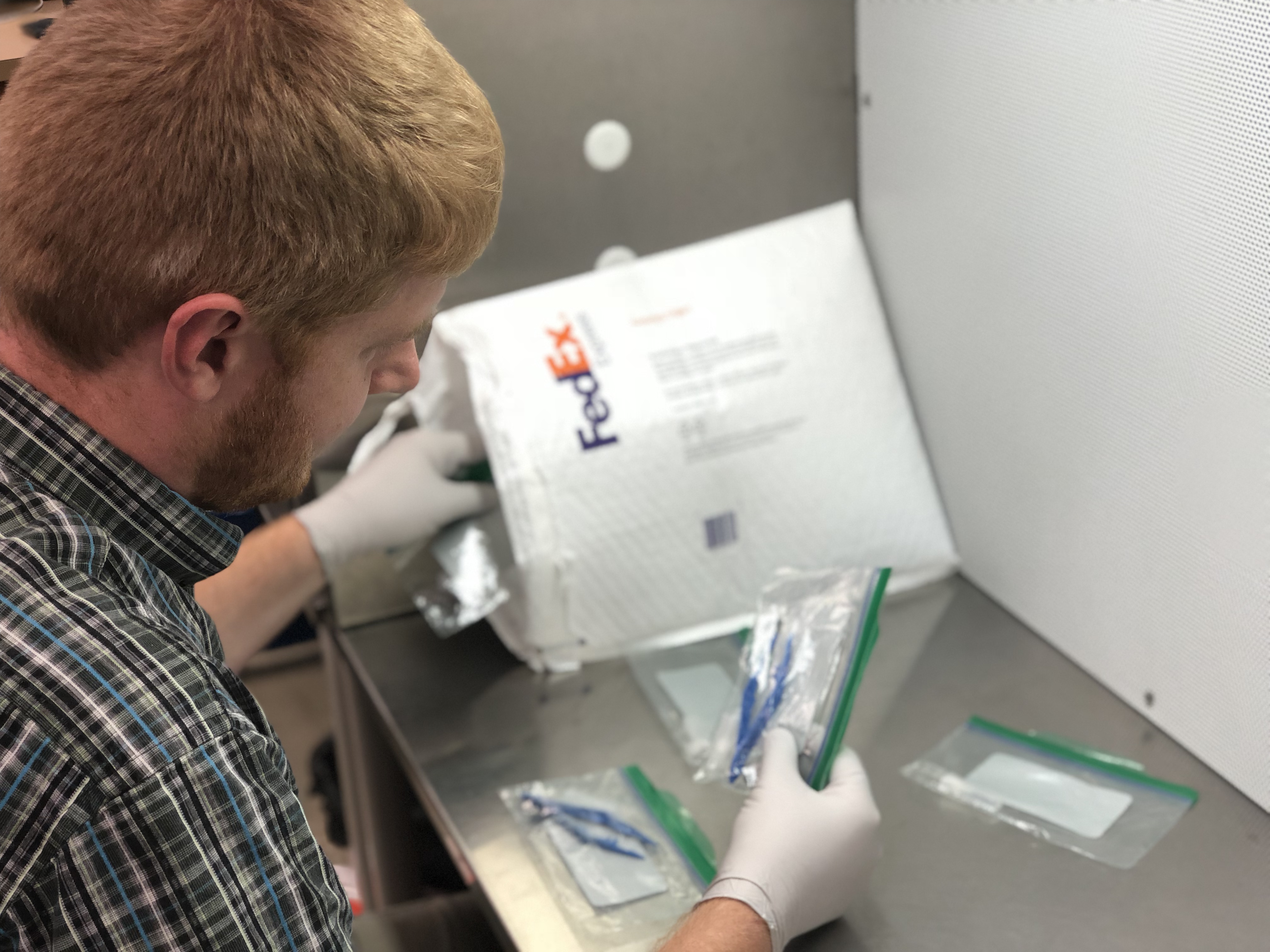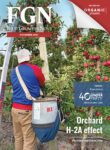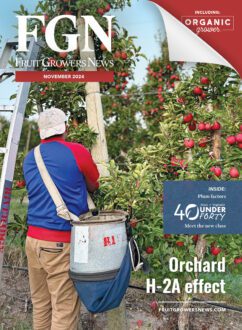Jul 9, 2020Grapevine powdery mildew fungicide resistance survey
Powdery mildew, caused by the fungal pathogen Erysiphe necator, is a devastating disease in grapevines. This disease can affect all green tissues of the grapevines and results in reduction of yield, fruit quality, vine growth and winter hardiness.

Signs of this disease on leaf include small white or grayish-white powdery patches on the upper and lower leaf surface (Photo 1). Later, these small patches will enlarge and cover the entire leaf surface. Similar white powdery patches are observed on other green tissues of the vines. Infection of blossom cluster may lead to withering and drop out of flowers without fruit setting, and cluster stem infection may cause berry drop. Affected berries may get distorted and split open if severely infected. Late in the season, black colored fruiting bodies (chasmothecia) of powdery mildew will begin to form on leaf surfaces.
Due to current and forecasted weather conditions in 2020, there is a significantly higher chance of powdery mildew disease this season in Michigan. Numerous fungicide applications are required for the grape powdery mildew management. However, the site-specific fungicide classes that are available for powdery mildew control can lead to the development of fungicide resistance. Resistance has been already reported across the U.S. for one extremely important group, the quinone outside inhibitor (QoI) fungicides (FRAC code 11).
QoI fungicides were first labeled in the early 2000s in grapes and resistance was first found in 2009 in Michigan E. necator samples. Several products that are labeled in grape contain FRAC 11 components, including Abound and generics (azoxystrobin), Flint/Flight Extra (trifloxystrobin), Intuity (mandestrobin) and Sovran 50WG (kresoxim-methyl) as well as products that have contain a portion of QoI fungicides such as Pristine (pyraclostrobin and boscalid), Tanos (cymoxanil and famoxadone) and Quadris Top (difenoconazole and azoxystrobin). To consult which specific products contain FRAC 11 fungicides and their perceived efficacy, please consult the E154 Fruit Management Guide from Michigan State University Extension.
QoI resistance has been investigated previously in Michigan by MSU as part of the Fungicide Resistance Assessment, Mitigation and Extension Network (FRAME), which includes a team of grape researchers from around the U.S. that are trying to understand resistance to several site-specific fungicide products. In 2018 and 2019, widespread QoI resistance was found in both years in Michigan vineyards. For more information about fungicide resistance might develop, please see this video and look at some of the resources that FRAME provides to limit resistance development in your vineyard.

This year, FRAME would like to look at Michigan powdery mildew populations using a molecular biology test that can quickly and rapidly identify powdery mildew resistance so that you can use these results for management decisions for the next year’s growing season. Samples typically can be sent to our laboratory and we will process them and return information to you (Photo 2).
MSU and FRAME are seeking your help to conduct this survey. Please contact Nancy Sharma, a plant pathology graduate student, at [email protected] if you are interested in helping us. You will receive a kit to test your grape powdery mildew samples in your vineyard. The samples will then be sent in a provided overnight mailer back to MSU. We will send you the detailed procedure for sample collection as well.
– Nancy Sharma and Timothy Miles, Michigan State University














